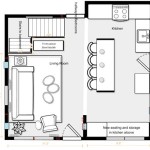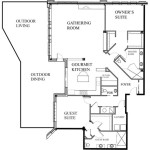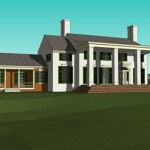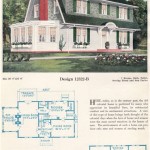Essential Aspects of Seating Plan House of Commons Ottawa
The Seating Plan of the House of Commons in Ottawa, Canada, plays a crucial role in shaping political debates and decision-making processes within the Canadian parliamentary system. The arrangement of seats within the chamber reflects historical traditions, political alliances, and the balance of power.
The House of Commons is a semi-circular chamber, with the Speaker's Chair located at the center of the front row. The Government benches are situated to the right of the Speaker, facing the Opposition benches on the left. The traditional seating arrangement, known as the Westminster Model, symbolizes the adversarial nature of parliamentary debates.
The seating plan is determined by the results of the most recent federal election. The party that wins the most seats typically forms the government and occupies the Government benches. The largest opposition party sits opposite the government, and smaller opposition parties are allocated seats based on their representation. Independent members, if any, sit as a separate group.
The front rows of both the Government and Opposition benches are reserved for senior ministers and party leaders. The seating arrangement allows for better visibility and communication during debates and votes. The backbenchers, on the other hand, typically consist of newer and less experienced members of Parliament.
The proximity of the members to the front benches and the Speaker's Chair influences their participation in parliamentary proceedings. Those seated closer to the center of the chamber have greater opportunities to speak and engage in debates, while members seated further away may have limited access to the proceedings.
The seating plan also serves a symbolic function. The Government benches represent the authority and power of the elected government, while the Opposition benches embody the role of scrutinizing the government and holding it accountable. The physical separation between the two sides of the chamber reinforces the adversarial but essential nature of parliamentary democracy.
In conclusion, the Seating Plan of the House of Commons in Ottawa is a complex and dynamic arrangement that reflects political power dynamics, historical traditions, and parliamentary practices. It influences the flow of debates, the visibility of members, and the overall atmosphere within the chamber.

6 The Physical And Administrative Setting Chamber House Of Commons Procedure Practice Second Edition 2009

The Chamber Physical And Administrative Setting House Of Commons Procedure Practice Third Edition 2024 Proceduralinfo

Find Out More About S Members Of Parliament

The Physical And Administrative Setting Parliament Buildings Grounds
Educational Resources

Find Members Of Parliament House Commons

House Of Commons Seating Redesigned To Squeeze In Extra Mps Cbc News

Commons Renovates To Squeeze In 30 More Mps After Fall Election Cbc News

Ottawa Has A Bit Of Wiggle Room To Maintain Quebec S Share Seats In House Commons Experts Say The Globe And Mail

House Of Commons Wikipedia








